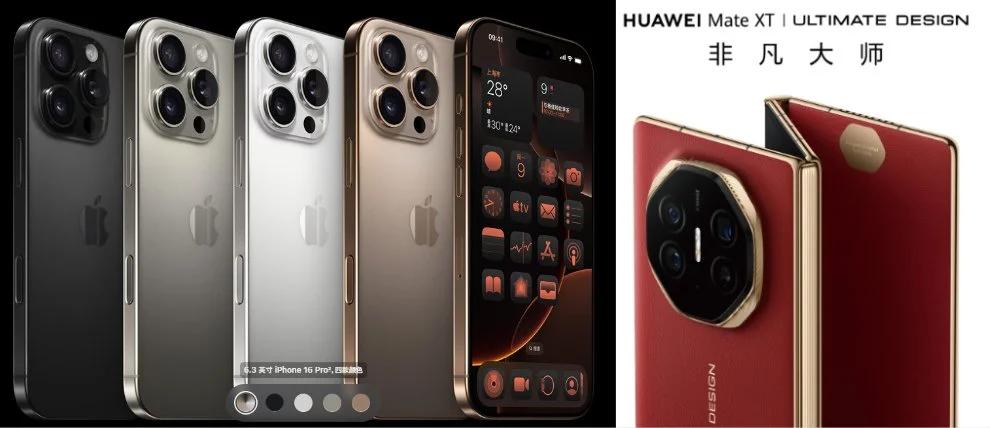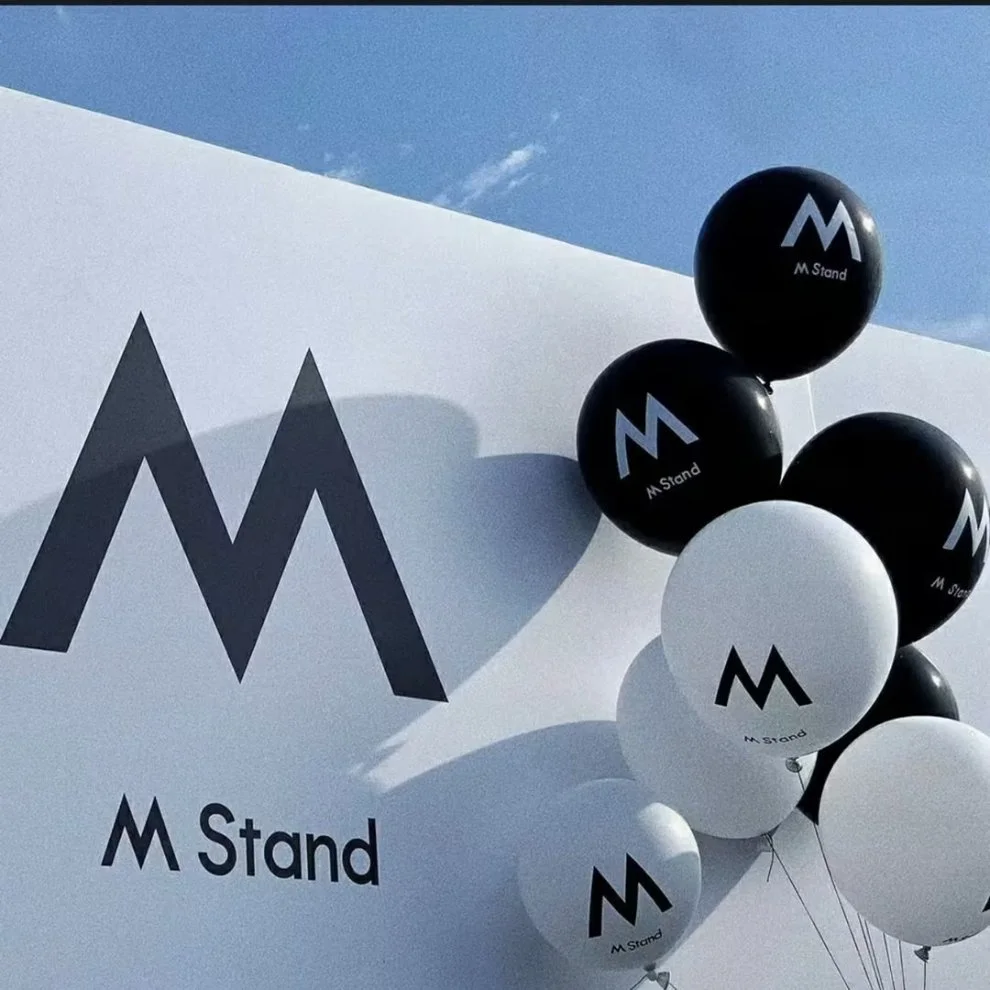Clashing at the summit: iPhone 16 vs Huawei Mate XT
September is typically a busy month for new smartphone launches in China, yet brands carefully avoid Apple’s release events. This is because during this time, almost all the attention is focused on the new iPhone. Launching a new device during this period is generally not a good idea.
When the Apple Store at Jing'an Temple in Shanghai opened on March 21 this year, it was packed with people, and Tim Cook himself was there in person. Images are from Xiaohongshu.
Huawei, however, has become an exception. As the strongest Chinese smartphone brand, it has been gaining momentum in recent years. Last year, its Mate 60 made headlines by going on sale without a launch event, catching Apple off guard. This year, Huawei has taken the lead in China’s smartphone market with a 17.5% share, demonstrating its growing confidence to compete head-to-head with Apple.
The Huawei Mate 60 series. Images are from the Huawei Store.
In early September, Apple announced its fall event scheduled on September 10, with fans and media eagerly awaiting the new iPhone 16 series. In contrast, Huawei once again made headlines with a surprise move. Without holding a launch event, Huawei announced the world’s first triple-folding phone, the Huawei Mate XT Master Edition, available for pre-order on its official site on September 7 at 12:08 PM. By noon on September 10, the number of reservations on Huawei’s website had reached an impressive 3.557 million, with many online users humorously calling it the "new electronic Moutai."
Huawei’s official launch event came just hours after Apple’s, with an event livestreamed from Shenzhen to plenty of eager viewers in China.
iPhone 16 Pro and Mate XT. Images are from official website of Apple and Huawei
With the release events for both phones now concluded, here are the key updates we’ve observed:
For Apple, the iPhone 16 series introduces several notable features, including the new A18 chip, a larger screen, and advanced AI capabilities. The standout feature of the Pro models is the Capture Button, located on the lower-right side of the device. This capacitive button provides a range of functions for photography, such as focusing, taking photos, zooming in and out, offering a shutter button experience akin to a DSLR camera, it can also be used to check ratings for nearby restaurants or identify the species of animals. However, it’s unfortunate that some of the major AI features, such as text enhancement, emoji generation, and information reconstruction, will not be available in mainland China due to policy restrictions. This will likely be a significant setback for Apple in the Chinese market.
The latest addition, the Capture button, might be the iPhone 16 Pro’s biggest "physical" selling point. Images are from Apple’s official website.
Huawei's Mate XT is clearly aimed at rivaling Apple with impressive features. As the world’s first triple-folding phone, it boasts a 10.2-inch screen, the ability to fold inward and outward, a slim 3.6mm thickness when fully expanded, a 5600mAh battery, and a periscope-style telephoto camera. These specs demonstrate Huawei’s commitment to delivering a high-end device that meets diverse needs across age groups. However, with a starting price of 19,999 RMB($2,800), it is considerably pricier than Apple’s “more budget-friendly” options, potentially deterring younger buyers. Still, Huawei’s innovation stands out in a market full of similar devices, affirming its top position in the Chinese smartphone industry.
Aside from its high price, the Mate XT is known for its impressive performance and innovation. Images are from Sina Weibo.
For consumers, it’s hard to imagine Apple suddenly losing its edge in the Chinese market. However, as the old Chinese saying goes, “盛极而衰,否极泰来(After prosperity comes decline; after adversity comes success),” the fiercely competitive smartphone market can only have one leader on top. Challengers like Huawei are unlikely to give up easily, and the battle for dominance in the high-end Chinese smartphone market may be just beginning.




























Years ago, China’s sprawling network of street-noodle vendors began utilising the curious new commerce features of an app called WeChat.